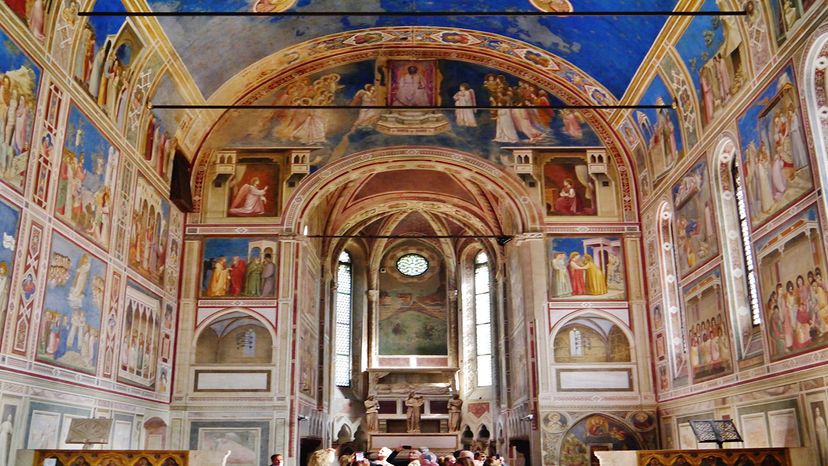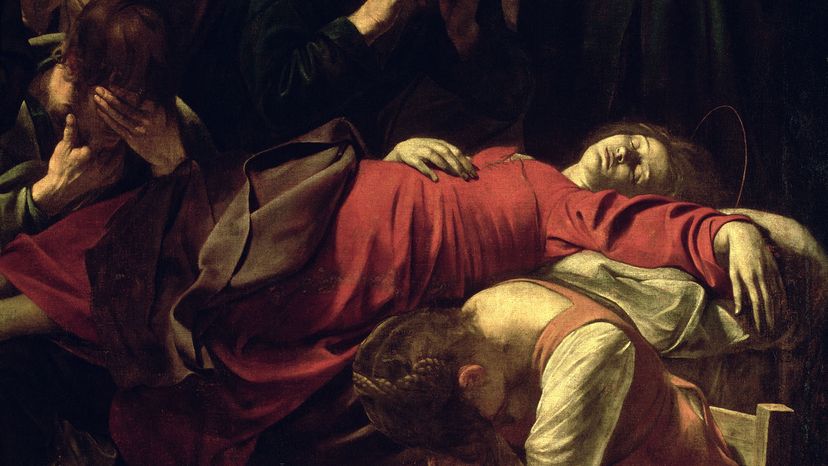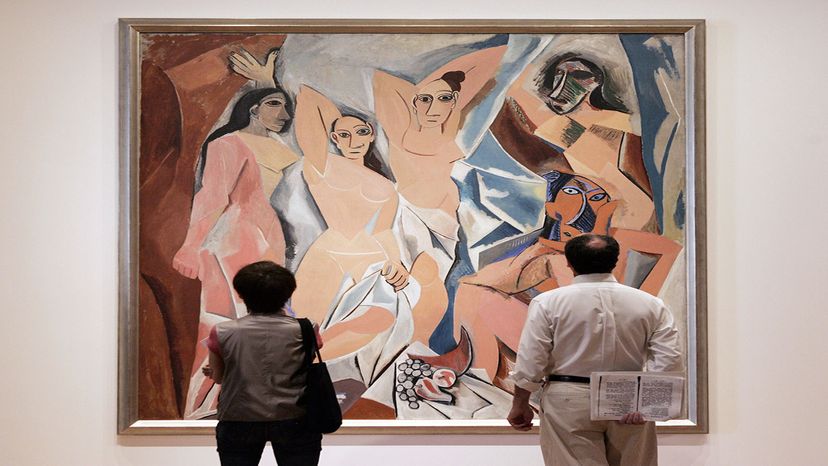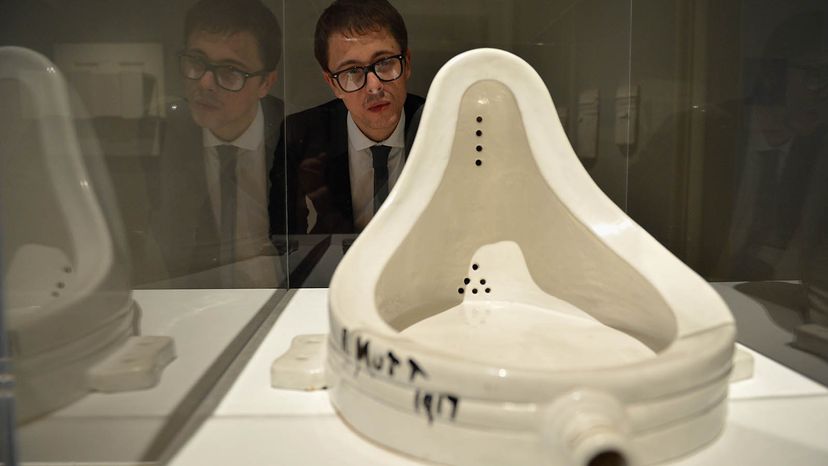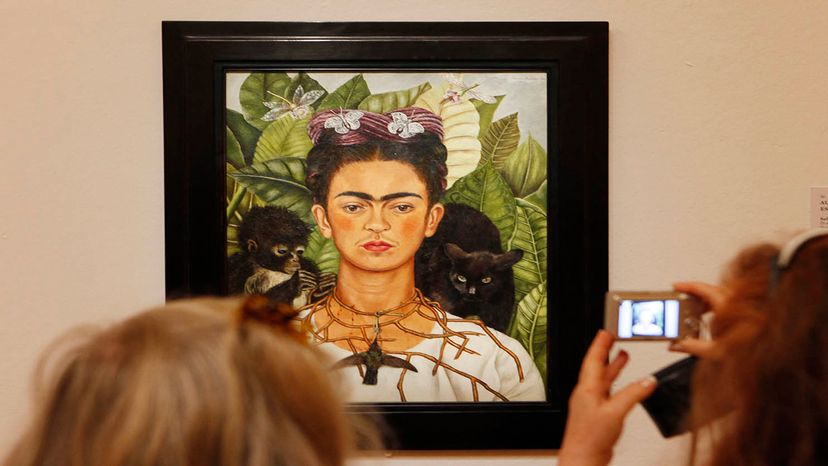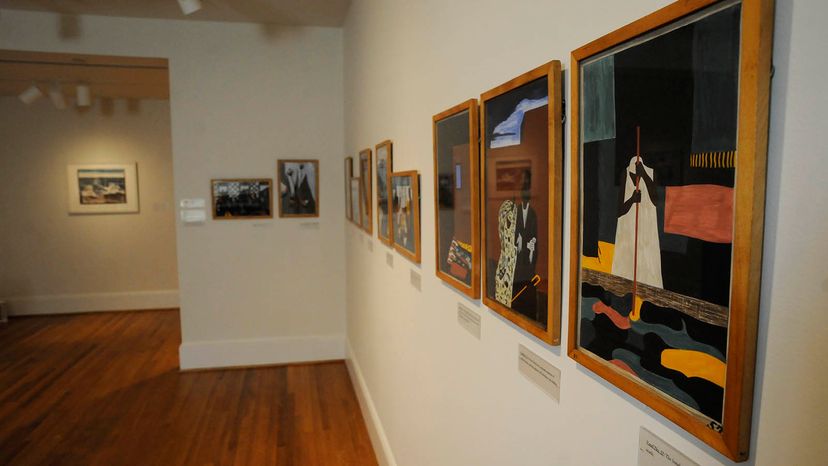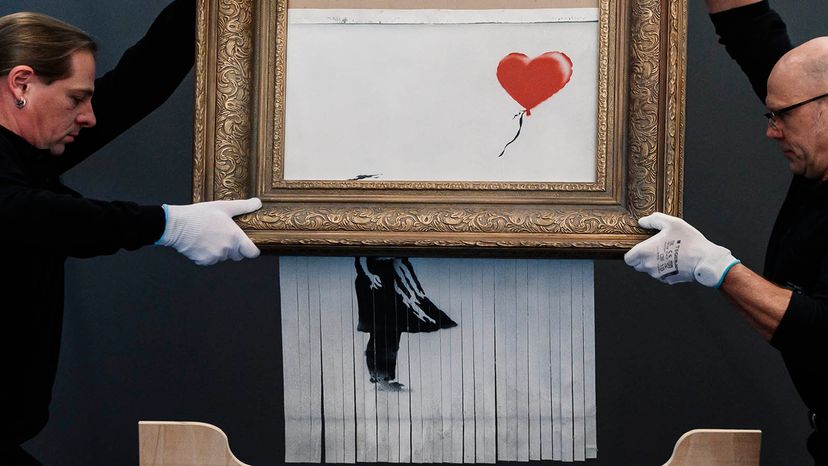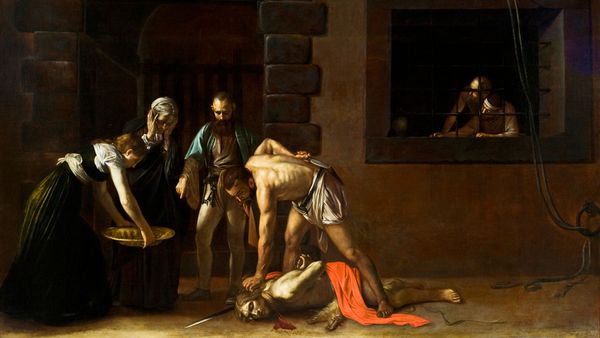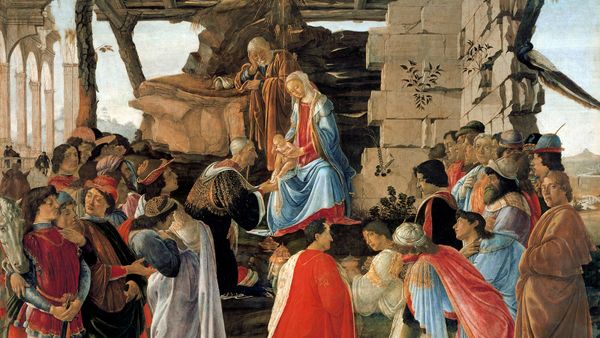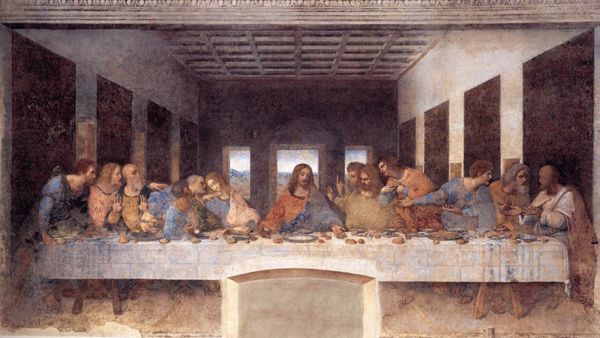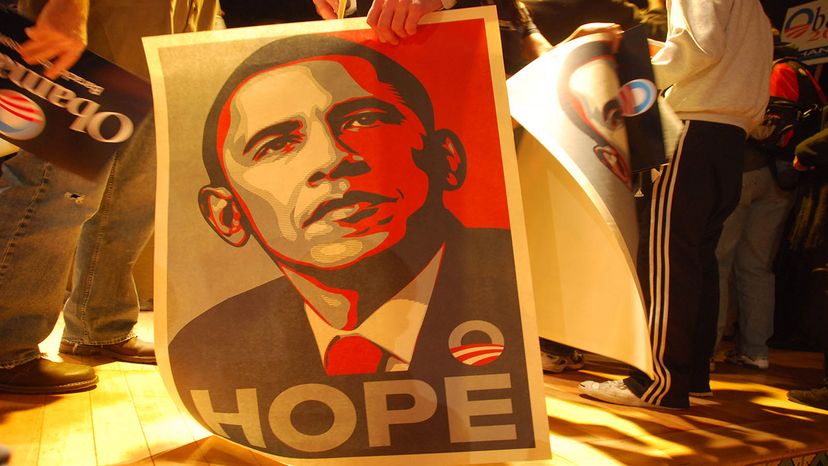
They say the pen is mightier than the sword, but what about the paintbrush? Can a piece of art be so significant that it changes the world? Some pieces have had that power. But more than its inherent value, artwork often becomes groundbreaking in part due to the way people react to it and the circumstances that surround it, explains Ted Snell, honorary professor at Edith Cowan University in Joondalup, Australia.
As we will see, the reception of a work and the attitudes of critics and viewers have a lot to do with its impact. Otherwise, a urinal is just a urinal. But we'll get to that.
Advertisement
Here are seven works of art that changed the world:
